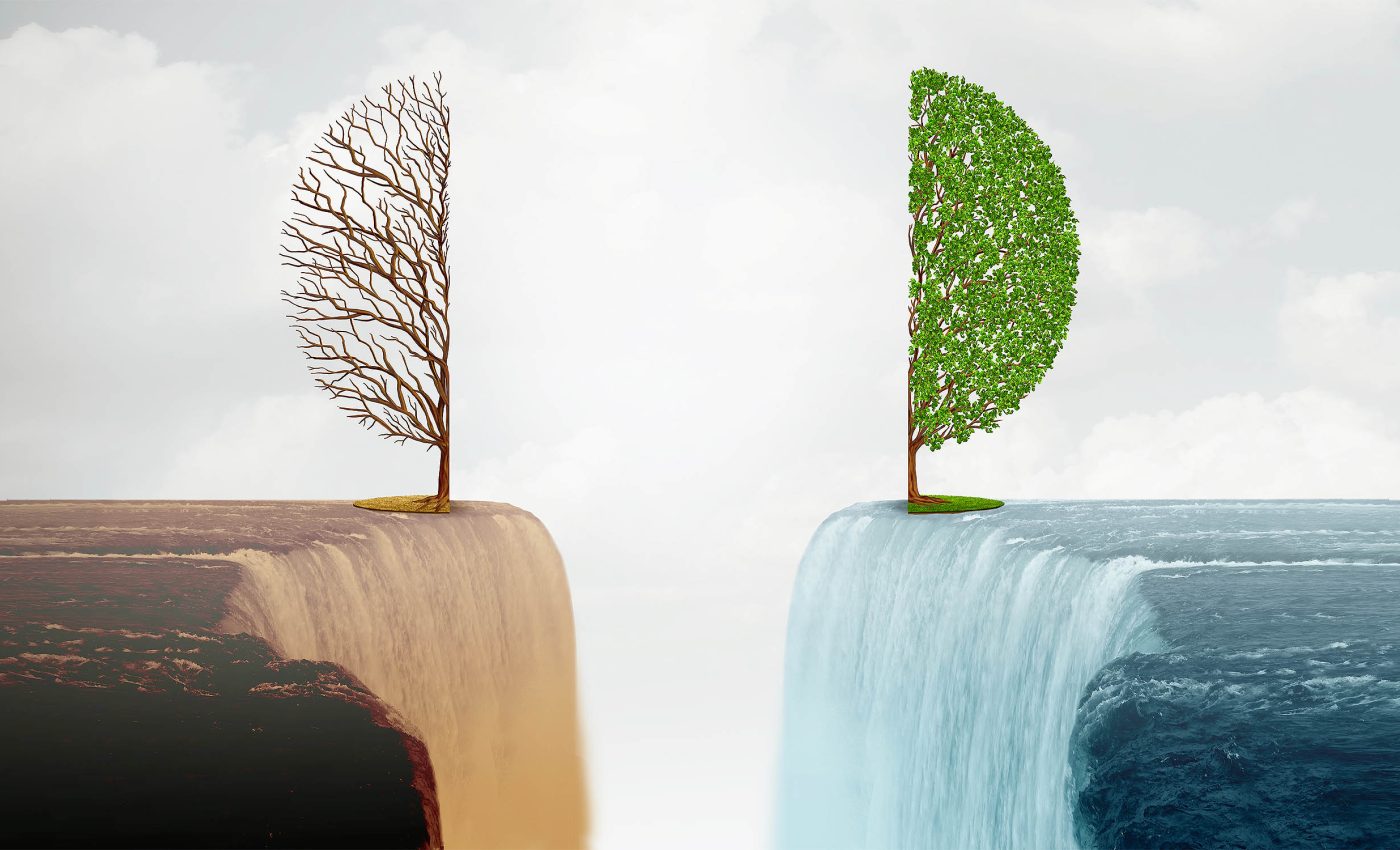
Wealthy elite responsible for vast majority of global climate warming
It is no secret that some lifestyles demand more resources than others. But recent climate findings highlight how individuals with vast wealth have exerted a larger influence on global warming and temperature shifts than previously realized.
In a 2025 analysis, the world’s wealthiest 10% are reported to have caused two-thirds of observed global warming since 1990.
This work was led by lead author Sarah Schöngart, an alumna of the 2024 Young Scientists Summer Program, who is currently associated with ETH Zurich, and published by the International Institute for Applied Systems Analysis (IIASA).
Wealthy emitters drive climate warming
Scientists indicate that the top 1% of high-income earners contributed 26 times the global average to monthly 1-in-100-year heat extremes worldwide, and 17 times more to intense drought events in the Amazon region.
“We found that wealthy emitters play a major role in driving climate extremes, which provides strong support for climate policies that target the reduction of their emissions,” explained Schöngart at the end of her remarks.
Researchers also noticed that emissions from the richest 10% in major economies, such as the United States and China, caused a two- to threefold increase in dangerous heat conditions across vulnerable tropical areas.
These hotspots include Southeast Asia, southern Africa, and other regions with limited resources to handle amplified environmental stress.
Consequences for vulnerable regions
“Addressing this imbalance is crucial for fair and effective climate action,” says coauthor Carl-Friedrich Schleussner, who leads the Integrated Climate Impacts Research Group at IIASA.
Communities in zones already prone to high temperatures and scarce rainfall are dealing with more frequent hazards linked to wealth-driven pollution.
Experts have underscored how nations or groups with historically low emissions often face disproportionate impacts. Scientists note that these areas experience higher chances of weather disasters, yet have fewer means to respond or rebuild.
Finances fuel climate warming
Several analysts believe that climate discussions should not only focus on personal consumption but also on the massive financial investments of wealthy individuals.
When these investments support high-emission ventures, the world sees greater rises in heat extremes and drought occurrences.
Groups like the United Nations Environment Programme have called for policy measures that redirect funds to cleaner solutions.
Advocates argue that this could help reduce future harm while encouraging fair contributions from top earners who have the greatest capacity to shift investments.
Rebalancing climate responsibility
Income-based emission studies raise questions about how to share the costs of adaptation and recovery.
Observers suggest that policies aimed at rebalancing responsibility might also improve public acceptance of climate strategies, since people often want to see genuine efforts toward equity in carbon reduction.
“If everyone had emitted like the bottom 50% of the global population, the world would have seen minimal additional warming since 1990,” says Schleussner.
This observation hints that tailored policies targeting disproportionate emissions could produce meaningful changes.
Scientists stress that tackling climate threats involves more than quick technical fixes.
Those with higher incomes often have greater capacity to choose low-carbon lifestyles or to fund transformational climate solutions, making their role especially crucial in reducing warming trends.
Researchers emphasize that individuals in affluent groups have a unique chance to spark large-scale shifts.
That could entail demanding cleaner supply chains, backing renewable energy, or encouraging sustainable investment portfolios, all of which can shape future climate outcomes.
Global warming inequality
The study estimates that the top 10% of earners contributed 6.5 times more to global warming than the average person, while the top 1% contributed 20 times more.
For the top 0.1%, the figure skyrockets to 76 times the global average – an eye-opening statistic that illustrates how a small share of the population has driven a large share of climate disruption.
If everyone had emitted like the top 10%, global temperatures would have risen nearly 3°F (1.6°C) more since 1990. But if everyone had lived like the bottom 50%, there would have been almost no additional warming at all.
That contrast highlights how the burden of global warming cannot be pinned on “humanity” in general – it’s coming from a concentrated source.
What happens next?
Climate experts believe that ongoing conversations about carbon taxes and financial regulations might incorporate these findings for more equitable action.
Some advocate for measures that hold top emitters accountable and support the communities that are most affected by intensifying weather events.
Others propose progressive policy instruments that reflect actual emissions contributions.
Policymakers are increasingly exploring how to ensure elite pollution is addressed, while resources for adaptation and recovery become more accessible in low-income nations.
The study is published in Nature Climate Change.
—–
Like what you read? Subscribe to our newsletter for engaging articles, exclusive content, and the latest updates.
Check us out on EarthSnap, a free app brought to you by Eric Ralls and Earth.com.
—–













